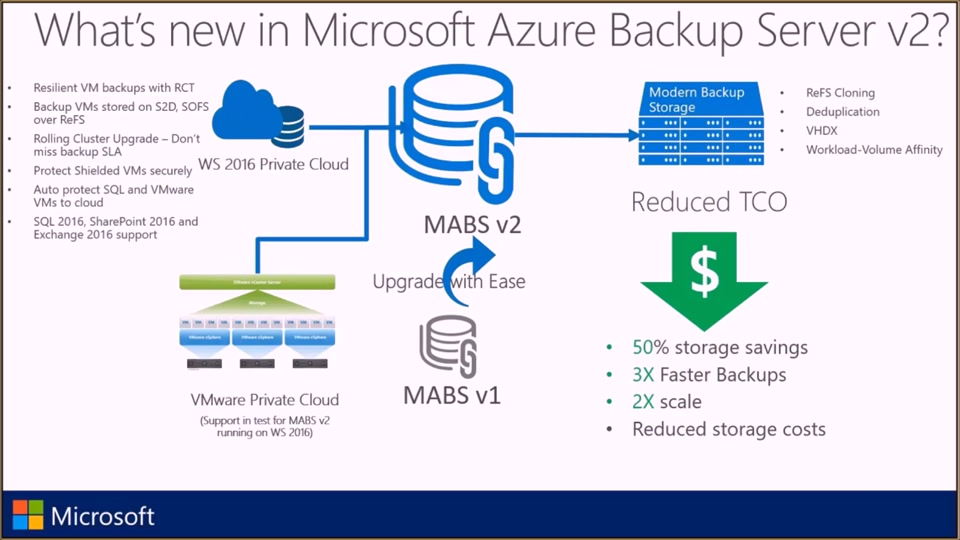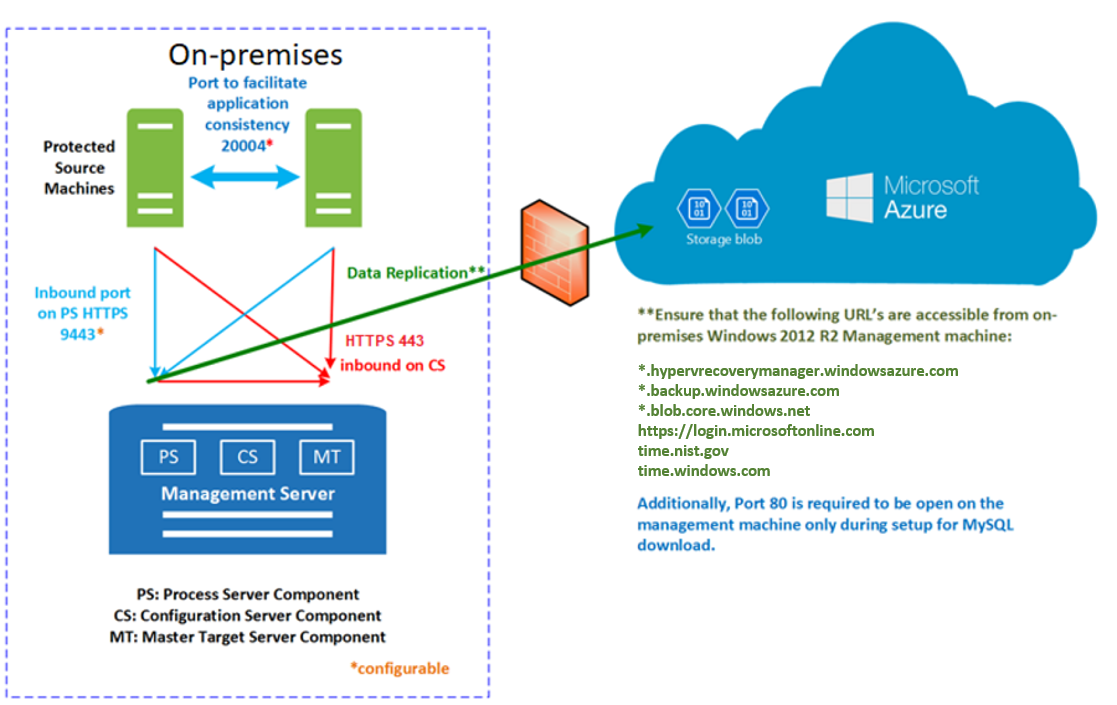Welcome to My Blog ... Let's Talk About Data Protection with Cloud
Hi World, glad to meet you! This is my 1st blog posting on my new OpsForward.com site. I've been thinking about doing this for some time and I've finally taken the plunge. My goal is to bring perspectives on topics like cloud, monitoring & APM, DevOps, SecOps, IoT, and anything else that might be fun to talk about.
Let's talk about data protection with cloud.
I was having a conversation with a friend in sales about where to get started with cloud services in the context of more traditional IT shops that are still firmly in the data center. We landed on data protection and disaster recovery options for on-prim workloads. It seems to be a good jumping off point for IT teams that want to get started in cloud without having to go all-in and shutdown their data centers. Both Amazon and Microsoft offer some interesting options. Here are some starting points to get you going.
AWS Storage Gateway for VTL
This offering drops a virtual appliance into your on-prim virtualization platform and emulates a virtual tape library (VTL). All your data is piped to an S3 bucket out in Amazon from which you can decide on how to handle the storage tiering options. For example you could setup a Lifecycle Rule on your S3 bucket to automatically move data to Glacier (compare it to the cost savings of moving your data from a disk to tape) after 365 days to reduce storage costs. Other positive aspects include taking care of your off site copy needs and the ability to replicate your data across the globe. Supported backup solutions include NetBackup, Veeam, Veritas, Microsoft System Center Data Protection Manager, and several others.
Azure Backup
This offering from Microsoft allows you to get rid of your existing backup software and hardware solutions if you run a Windows, Linux, Hyper-V, or VMware shop. The solution uses on-prim backup software called Azure Backup Server that you install on a Windows VM in your data center. As in traditional backup solutions an agent must then be installed on the servers you want to backup (or you can set it up at the hypervisor level too). The 1st copy of your backup data will be held on storage attached to your on-prim Azure Backup Server VM and the 2nd copy will be stored in your Azure Backup Vault in Azure. Backup schedules are configured centrally from the Azure Backup Server interface.
Microsoft bills this offering as Disaster Recovery as a Service (DRaaS). It enables you to protect your on-prim VMs by replicating each VM's block-level disk changes out to your Azure Storage Account. On-prim there are a few VMs you need to run called the Process Server and Config Server that manage data replication. Each VM also requires a Mobility Agent. Your protected VMs are grouped into a Recovery Plan that can then be tested for fail-over. The actual fail-over will recover your VMs on Azure Compute VMs. Azure Site Recovery can protect workloads running on both Microsoft Hyper-V and VMware.
I trust this is helpful to get you started on your journey. Good luck and please feel free to drop me comments.
#OpsFoward #AWS #Azure #Cloud #DataProtection #hybrid #DisasterRecovery #VTL #S3




